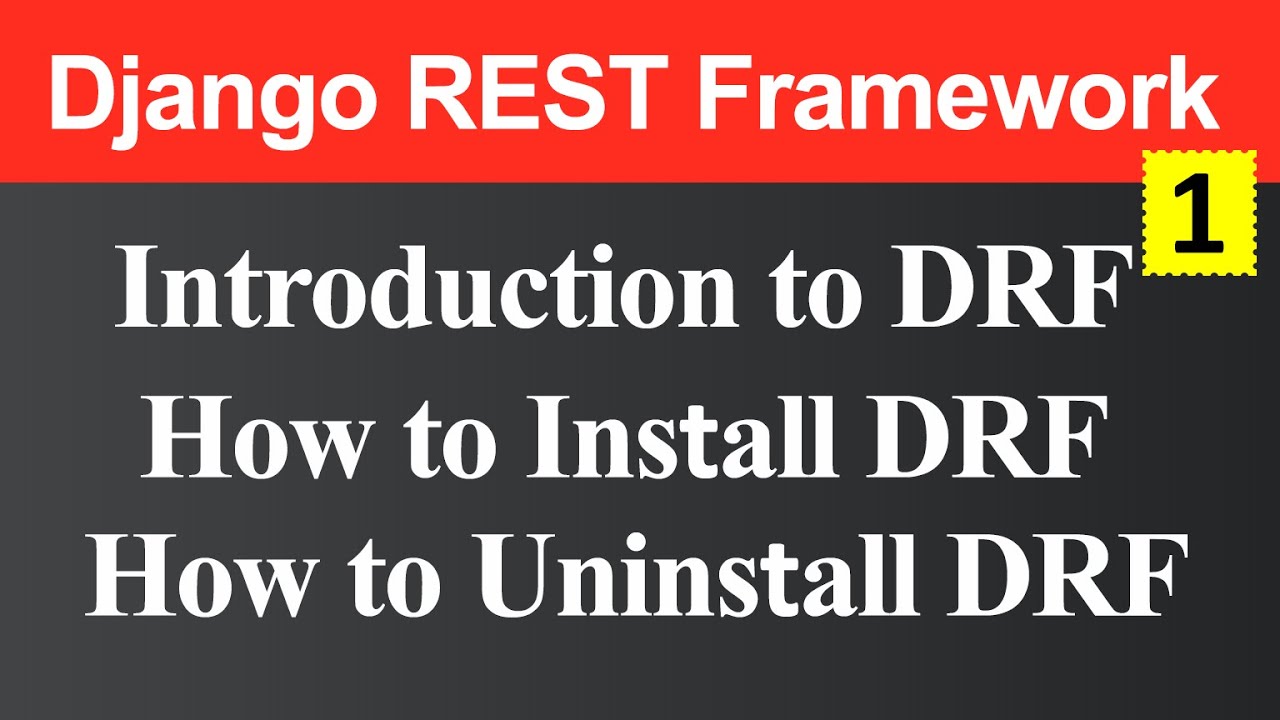Requirement Classification - 4 different types of requirements you need to know!
Summary
TLDRIn this informative video, the presenter introduces the four main types of requirements as outlined by the BABOK, a framework for business analysis. These include business, stakeholder, solution, and transition requirements, with the latter two further divided into functional and non-functional requirements. The video explains how these requirements interconnect and their importance in solving business problems, backed by practical examples. It also touches on business rules and how they influence solution requirements, emphasizing the need to consider these rules during the analysis phase. The presenter further discusses the role of various diagrams and techniques in capturing and understanding requirements, promising a deeper exploration in future videos.
Takeaways
- 📈 The script introduces the 4 main types of requirements defined by BABOK: business, stakeholder, solution, and transition requirements.
- 🔍 Business requirements are high-level goals, objectives, and outcomes that explain why a change is initiated, applicable to an enterprise or specific business area.
- 👥 Stakeholder requirements describe the needs of stakeholders that must be met to achieve business requirements, supported by the latter.
- 🧩 Solution requirements encompass both functional and non-functional requirements, detailing the expected features and behaviors of a system or product.
- 🔧 Functional requirements outline the specific features a system or product should have, such as user interactions and report generation capabilities.
- 🛠️ Non-functional requirements relate to the system's behavior in its operating environment, including aspects like security, usability, and performance.
- 📜 Business rules are policies that direct and constrain the organization, influencing solution requirements and including policies, calculations, and limitations.
- 🔄 Transition requirements are temporary, facilitating the shift from the current state to the future state, such as user training and data migration.
- 📊 The script mentions various diagrams and techniques used in business analysis, like business process models and use case diagrams, to aid in understanding and confirming requirements.
- 🎯 The purpose of gathering and documenting requirements is to ensure the solution aligns with the business's expectations and objectives.
- 🚀 The video aims to provide a foundational understanding of requirements in business analysis, with deeper exploration of specific diagrams and techniques in follow-up videos.
Q & A
What is the purpose of the BABOK framework?
-The BABOK framework, which stands for Business Analysis Body of Knowledge, is used to facilitate a better understanding during the business analysis phase of an implementation or a project.
Why are requirements typically conducted at the beginning stage of a project?
-Requirements are usually conducted at the beginning stage of a project to ensure that the problems stated by the business or customer are accurately captured and documented, leading to an effective solution.
What are the four main types of requirements defined by BABOK?
-The four main types of requirements defined by BABOK are business requirements, stakeholder requirements, solution requirements, and transition requirements.
How do functional and non-functional requirements fit into the solution requirements?
-Functional and non-functional requirements are subcategories under solution requirements. They describe the expected features and behavior of the system or product, and the conditions of the environment in which the solution must operate, respectively.
What is the definition of business requirements?
-Business requirements are statements of goals, objectives, and outcomes that describe why a change has been initiated. They are high-level business goals and objectives.
How do stakeholder requirements relate to business requirements?
-Stakeholder requirements describe the needs of stakeholders that must be met in order to achieve the business requirements. They are supported by business requirements and are achieved through them.
What are some examples of business rules?
-Business rules include policies, calculations, authorizations, limitations, triggers, or constraints that direct and constrain the organization.
How do business rules influence solution requirements?
-Business rules directly influence solution requirements by constraining the features and behavior of the system or product. They may require adjustments to functional or non-functional requirements to accommodate the rules.
What is the purpose of transition requirements?
-Transition requirements describe the capabilities needed and the conditions that must be met for the solution to facilitate the transition from the current state to the future state. They are temporary in nature.
What are some examples of transition requirements?
-Examples of transition requirements include user cheat sheets, data migration from the old system to the new system, and training programs for users to familiarize themselves with the new system.
What types of diagrams and techniques can business analysts use to capture and understand requirements?
-Business analysts can use diagrams and techniques such as business process models, use case diagrams, user personas, user stories, workflow models, wireframes, and reports to capture and solidify their understanding of requirements.
Outlines

This section is available to paid users only. Please upgrade to access this part.
Upgrade NowMindmap

This section is available to paid users only. Please upgrade to access this part.
Upgrade NowKeywords

This section is available to paid users only. Please upgrade to access this part.
Upgrade NowHighlights

This section is available to paid users only. Please upgrade to access this part.
Upgrade NowTranscripts

This section is available to paid users only. Please upgrade to access this part.
Upgrade NowBrowse More Related Video

Introduction to BABOK | What is BABOK | What is inside BABOK - Techcanvass

What is Business Analysis? And what is a Business Analyst?

(PART 2) AMDAL (Analisis Mengenai Dampak Lingkungan) : Dokumen AMDAL dan Prosedur Pelaksanaan AMDAL

Materi Proposal Bahasa Indonesia Kelas 11 SMA

Understanding the Time Complexity of an Algorithm

Django Rest Framework and How to Install Uninstall Django Rest Framework (Hindi)
5.0 / 5 (0 votes)